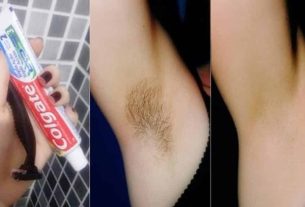Milk Cream is a super basic and common ingredient inside a kitchen. It goes from sweet recipes as well as salty eceitas. But there are several varieties and names that you need to know.Photo by Tamara Gak / Unsplash
In Brazil, the varieties are relatively small compared to our friends of the gringa. But nothing is lost, some adaptations here and there we can turn around.
Milk Cream in the United States

When we read recipes in English, there always some kind appear, each with recommended use. All are, in essence, cream of milk. In other words, fat from milk.
The difference between them is the amount of fat. How are American products/wonders that regulate this is the FDA (U.S. Food and Drug Administration) that would be the equivalent of Anvisa (National Health Surveillance Agency).
- Half-and-Half : 10.5-18% fat | Can be used in coffee, would replace the “milk”. As far as I know it is not sold in Brazil. By FDA standards, it would not be quite a “milk cream.” It is a mixture of cream and milk.
- Light Cream: 18-30% fat | In addition to coffee, it is used to enrich soups, sauces and make desserts. The closest we have to it would be the cream in box/slat that vary from 12-25% depending on the presentation (box or can, light or traditional).
- Light Whipping Cream : 30-36% fat | The less fat (30-34%) versions are also to put in the coffee, enrich soups and sauces, while the version of 35-36% has enough fat to become whipped cream.
- Whipping Cream: 35% fat | FDA does not list separately, by the amount of fat is considered a light whipping cream, i.e. the first choice to make whipped cream.
- Heavy Whipping Cream: above 36% fat | Chantilly, enrich soups and sauces, cold mousses and desserts in general.
Heat treatment may vary as well. In addition to traditional pasteurization and UHT (ultra high temperature or ultra-high temperature) in the USA, there is ultra-pasteurized.
It is a process very similar to the UHT, but with differences in the sanitary part to package the product. Therefore, ultra-pasteurized products are under refrigeration, but have higher validity than normal pasteurization.
Milk Cream in Brazil
Here in Brazil, in relation to fresh cream, we find products above 35% fat. Depending on the region of the country there is variation in the amount of fat, geralemten, for more.
In the South it is easier to find cream with 42-49% fat than 35-38%. And for those who work with food service (products aimed at restaurants and related) find option with 50%. And of course, the higher the different fat content will be the consistency and texture of the ingredient.
Brazilian regulation divides the Milk Cream into:
- Low or light cream or semi cream: between 10-19% fat; it is usually tin creams and box that are UHT.
- Cream: between 20-49.9% fat; can be UHT and pasteurized, and when you have more than 35% fat it is already possible to make whipped cream.
- High-fat cream: 50% fat; this is more common in food service and are pasteurized.
These are the names that can be used for the product and depends on the fat content. And it follows the name of the thermal process that he was subjected: pasteurization, UHT or sterilized.
Milk cream “Fresco”
The notion of fresh is somewhat misguided, not really fresh. All are—at least—pasted. That is, they underwent heat treatment to eliminate part of the microorganisms present (pathogenic, mainly) in the product.
As still part of the natural bacteria coming from the milk remain, the shelf life is not so great and should be refrigerated. And the legislation does not allow the right sale to the consumer of milk and raw products.
No, it is not possible to make cream at home. Well, unless you have a cow and some way to separate the fat from the milk effectively.
Products within this category may come associated with different names depending on the fat content:
- More than 35% fat: it can be called a cream to beat.
- Upper 40% fat: can be called double cream.
And pasteurized cream with fat content below 45% cannot contain additives in the formulation, such as thickeners and stabilizers.
Nata is milk cream!
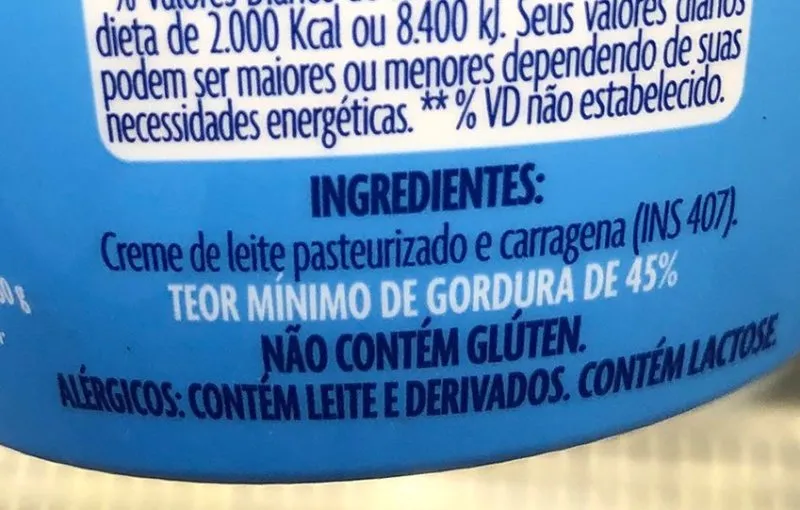
It is also cream, that is, fat taken from milk. However, the legislation makes a distinction when the product has a fat content above 45% and in these cases may contain certain additives.
The definition of legislation is:
Nata is the dairy product relatively rich in fat taken from milk, which presents the form of a fat emulsion in water, homogenized or not, and subjected to pasteurization process, through heat treatment and technologically adequate procedures, sufficient to destroy all pathogenic microorganisms.
The permitted additives are stabilizers and thickeners, which are:
- Carrageen or carrageenan, and guar gum with a maximum content of 0.5%.
In addition to them can also be used gelatin, which the limit is not specified, depends on good manufacturing practices. And sodium chloride (common salt) can also be added.
Since Brazil is a large country, there can be regionalisms. Products called “nata” that has nothing to do with legislation nor to what is sold in a common way in the vast majority of cities. Keep that in mind.
What is Box and Latm Milk Cream?
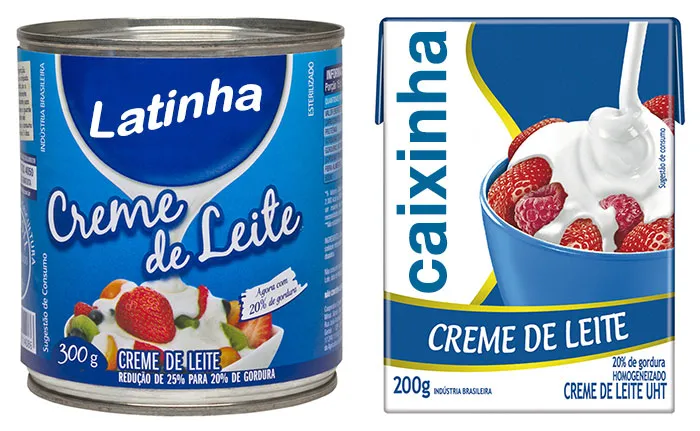
The box or can are UHT (Ultra-High Temperature), Temperatura Ultra Altasimilar to long-life milk (the box).
In general, it is a heat and cooling treatment to increase the validity and can stay at room temperature. The bulk is called commercial sterilization.
Unfortunately, in recent years there has been a reduction in the amount of fat. In some canned versions it is still with 25%, but from a box are below 20%. The most common is 17%. But it already has 15%.
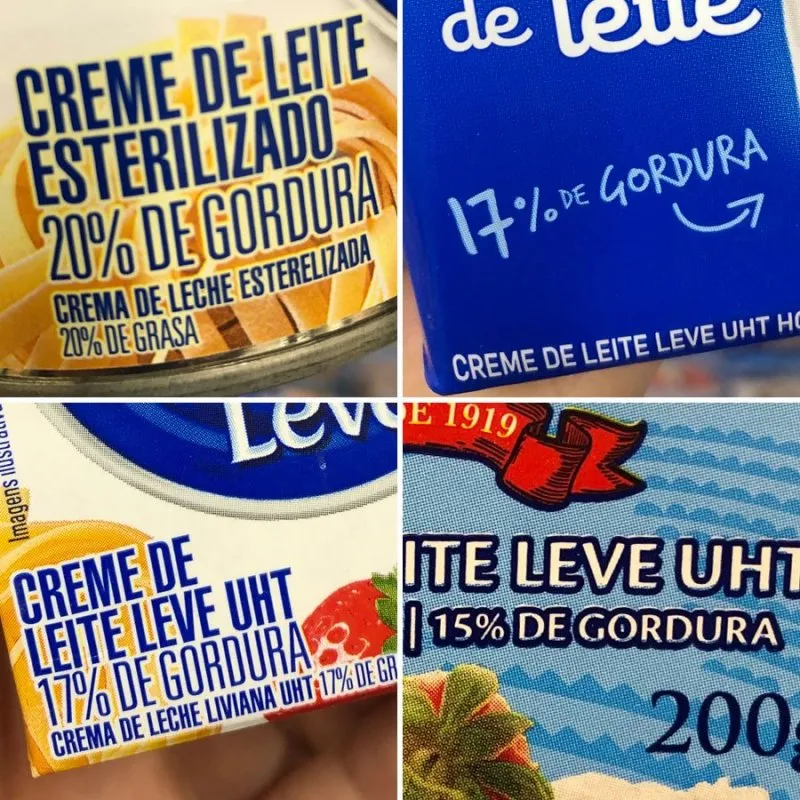
A reader commented that in Minas Gerais it is possible to find a local brand of box with 25%. Because the state is the country’s leading milk producer.
In the food service line, there is the option with higher fat (24-27%) in boxes of 1L. In some cities (in mid-2015) a version with 30% in domestic packaging and food service also arrived on the market. However, the distribution is very small.
There are still light types with 10-12% fat. What they really are, they had the reduction of fat/calories as the legislation commands.
But to maintain the same consistency and flavor are added thickeners, flavorings and other additives. It is more a commercial and production maneuver than a real health concern. Shall we go to match?
Therefore, one of the myths is that cream of milk carving when heated. A change in the characteristics of the box/latto product can happen. However, it is more because of the added additives to maintain consistency than by the fat itself. Oh, yes: fat can separate if it also heats up too much.
Can I exchange Fresh Milk Cream for the Caixinha?
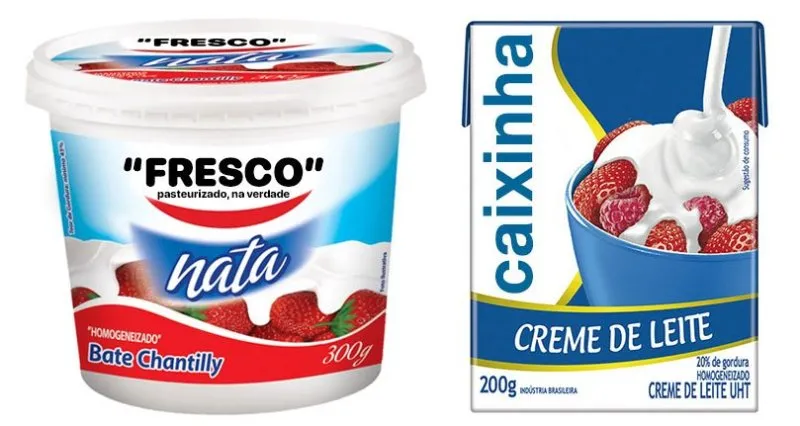
That’s always the million dollar question. It depends on.
If you have read this far, have already realized that although they are all cream cream, they have different characteristics, right? In time: I am calling fresh to make the explanation easier, but remember it is pasteurized. The same goes for the tin.
- Use the “Fresco” in place of the Box: technically, yes. If the recipe asks for the box, but you only have the fresh, you can use it. It can have a difference in texture, structure and flavor. After all, in the fresh has more fat that influences a lot in these characteristics. However, you can get richer and more unctuous than you would like, have an additional fat movie and decrease the validity as well. The same goes for it to be a cream in place of the “fresh” in the comparison.
- Use of the box in place of the “Fresco”: this exchange is more delicate and usually does not work right. The box has less fat, so the final texture and flavor will be impacted. And structure also if the cream is being used as a source of aeration. What do you mean? If you need it to be whipped-down to add lightness to the recipe, like a mousse. The same goes for it to be a cream in place of the “fresh” in the comparison.
- Use Nata in place of “Fresco”: power, you can. However, depending on the recipe will be much more fat. After all, cream has more fat. In some ice cream recipes can get a layer of fat in the spoon when taking, or in a ganache the ratio between chocolate and cream should be changed.
- Use “Fresco” in place of the Nata: differences will have, but among the changes it will have the least overall impact on the preparation result, in general lines.
In short: if you are using only as a source of fat, to make it more creamy and the like, perhaps. In general, it is not recommending the exchange.
But as I always say, power, you can. The recipe is yours, the detail is if the profit you will be what you are looking for. The only way to be absolutely sure is to test.
Can I do milk cream at home?
In theory, yes, it would. But is it worth it?
Depending on the amount of fat in the cream it is possible to dilute with milk to reach the ideal concentration. However, it may not become so homogeneous and the emulsion may become unstable.
In the case of fermented requires more care. You can leave acid the easiest way is to add lemon juice (or vinegar, with lemon the final flavor will be better) to the cream and let it rest for 30 minutes, at least. Store in the refrigerator until it is time to use. The ratio is: 20mL lemon juice for 300g fresh cream.
I have tried to ferment the cream at random (read: leave it really sour) in the refrigerator, which did not happen even leaving several days. Of course, the low temperature makes fermentation difficult. But leaving out of the refrigerator in the Brazilian climate could pass and quite a point.
What is Chantilly ?
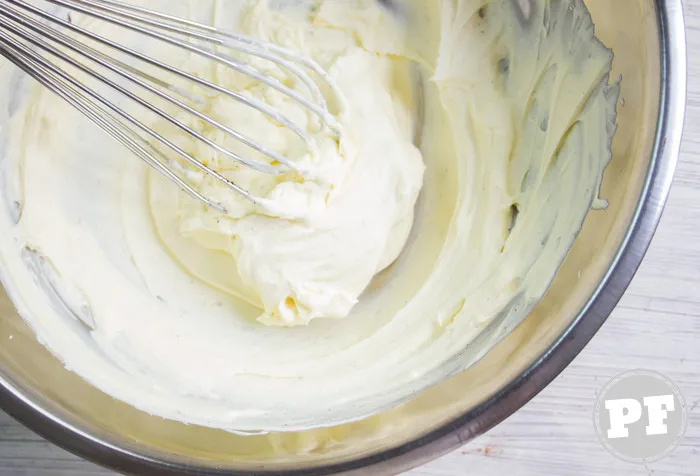
It is the transformation of the cream into a foam. Basically, it is to add air by tapping the cream with fouet or mixer, microbubbles of air will be trapped by fat walls.
It is a physical process, the act of beating (the “whipping” in English refers to this). With or without sugar, the cream turns into this foam. Remember that it is necessary to have at least 35% fat and be well cold.
And if you beat too much, go past the whim, it’s gonna turn out butter. As it has water also in the cream of milk (it is an emulsion), the fat and water separate. The more fat you have, the easier it is. (Read: How it is done: Homemade Butter)
The balance between fat, water and air has been broken. I feel informing: after it has become butter, there is no turning back.
How to store milk cream?
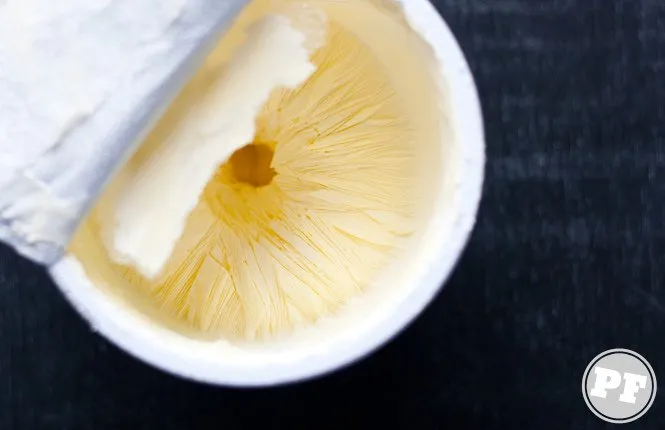
For the “fresh” if there is a little left (to work? has lost judgment? hahah) does not have so much trouble freezing. It won’t look the same, just like after defrosting.
As it is a mixture of fat and water the tendency is to separate, water when it freezes forms crystals that will give a grainy appearance. Even David Lebovitz commented on: Can I Freeze Cream?
However, it is necessary to be careful when freezing, as there is plenty of fat can absorb aromas / flavors of what is in the freezer, and carry this for the dishes that are made with it.
To use in soups, sauces and roast recipes (in baking in general) is quiet. Just in case of whipped cream that it’s gonna get a little grainy.
Before doing this has to thaw, of course, in the refrigerator to re-mogenize again by giving shaken or mixing with fouet.
The box/slat, because they are UHT until they last a little more time in the refrigerator. They will eventually spoil as well. When freezing, they usually get grainy.
Of course, if you are going to use within 2-3 days later do not need to freeze, just leave in the refrigerator even. And don’t forget that preciousness there.
Vegetable Cream and Mixtures Type Chantilly
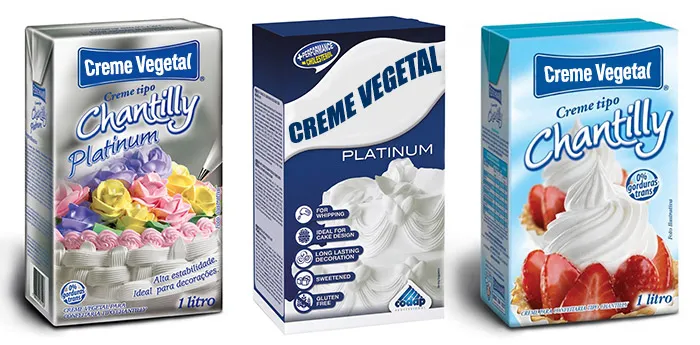
In recent years it has become easier to find in the markets the substitutes for whipped cream. They have several brands and names, usually, we call vegetable cream or prepared for cream like whipped cream.
As the name says it is a preparation, that is, a mixture of various ingredients to make a cream similar to whipped cream. The base is made with vegetable fats (oils), unlike whipped cream which is the animal fat base.
Depending on the brand, the manufacturer can use cream as an ingredient in the product. But since the amount of fat (in fact) will be lower, it ends up being classified as a mixture and/or prepared.
The popularity is due to the price being lower and stability outside the refrigerator a little better. But the price factor is decision-making, it is cheaper.
However, the taste is different. It is a similar, but not equivalent. Sold in large (4L) or small (200mL) long-lived boxes.
Cream of sour and fermented milk
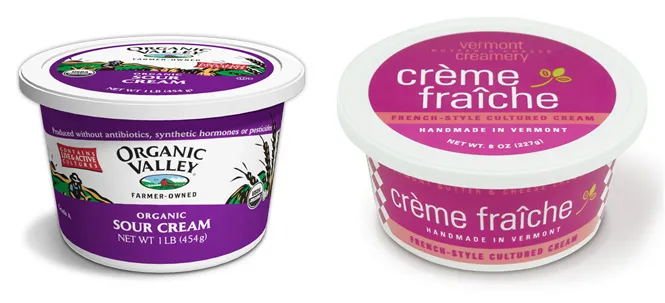
It has the cream as a base, as well as milk, it is possible to be fermented and leave with sour background. The thicker an indication of the greater fermentation, usually. However, it can be changed by the use of thickeners.
- Sour cream: 18% fat with acidity greater than 0.5% | It is a pasteurized cream of milk acid via bacterial fermentation lactic. Some references say that the cream is “let’s ferment,” since the cream has bacteria for it. More striking taste, in general. Like the traditional, it is used to enrich soups, sauces and in confectionery. However, it also adds an acid/sceurt flavor.
- Cr?me fra?che : 28-30% fat with acidity 0.8% and pH 4.6 | The European/French version of sour cream. The idea is the same: cream fermented by lactic bacteria. However, there are also products called cr?me fra?che that are not fermented, the more liquids called liquide or fleurette and épaisse, of medium consistency.
Is the mascarpone cheese?
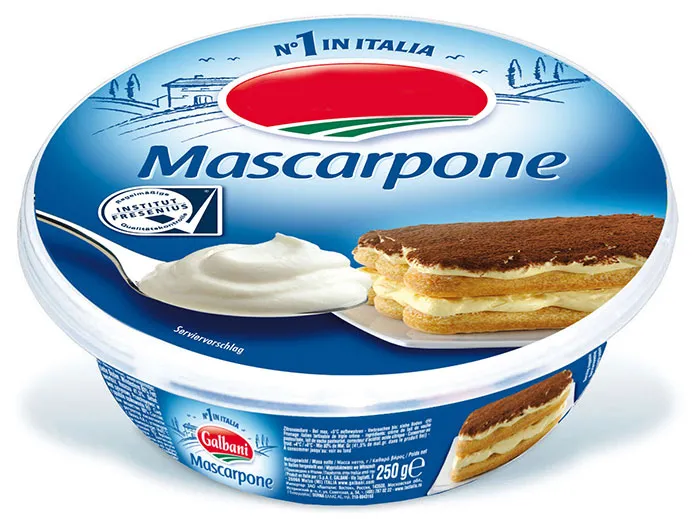
It’s not really cream, but it’s made from it. It is considered another cheese. To do it is even easy, just add some type of acid (citric acid, acetic acid and tartar cremor, mainly) to carve and then Ire the need.
Just like normal cheese, to have a reasonable yield you have to use a lot of cream, so it is not the cheapest ingredient there is.
Very Long; Not Li
- Milk cream is a mixture of fat and water, and comes from milk.
- Nata is cream, but it needs to have +45% fat.
- To beat whipped cream you need to have more than 35% fat.
- Milk cream called “fresh” is a misconception. It was pasteurized (thermal treatment for preservation), in addition to that milk and raw derivatives cannot be sold directly to the consumer.
- Milk cream box/latan has 12-25% fat and is NOT enough to turn whipped cream. Except for a brand in the market that has 35%.
- Cheer/cant cream can “stale” because of the thickeners used and not because of the fat itself. But fat can separate yes from the emulsion if it gets too warm.
- You can not make fresh cream at home… if you have a cow and / or access newly milked milk, who knows!
- Please do not use homemade recipe that asks for vegetable fat and margarine! This is not cream.
- If it has passed the point of whipped cream and turned butter, unfortunately, it has no salvation.
- The whipped cream products are vegetable creams and/or prepared are mixtures of vegetable oils and other ingredients. But they can contain cream in the composition as well.
- The exchange of cream between fresh and box is not recommended, as they will influence the final result of the recipe in ways that you probably do not want.
Bibliography
- U.S. The Food and Drug Administration. Milk and Cream
- USDA Specifications for Cream Cheese, Cream Cheese with other Foods, and Related Products
- The Department of Food Science. Cornell University. Dairy Foods Science Notes, 2007
- MAP: Ministry of Agriculture, Livestock and Supply. Ordinance No. 146 March 1996
- MAP: Ministry of Agriculture, Livestock and Supply. Normative Instruction No. 23 August 2012
- Legifrance : No. 80-313 du 23 avril 1980
- McGEE, Harold. On food and cooking: the science an lore of the kitchen. New York: Scribner, 2004. (English | English)
- CIA, The Culinary Institute of America. The professional chef. Publisher Wiley, 2011. | Chef Professional (English).
- CIA, The Culinary Institute of America. Garde manger. Editora Wiley, 2012.
- KINDERSLEY, Dorling. The great book of ingredients. Editora Publifolha, 2011

Sign up for our newsletter and stay up to date with exclusive news
that can transform your routine!
Warning: Undefined array key "title" in /home/storelat/public_html/wp-content/plugins/link-whisper-premium/templates/frontend/related-posts.php on line 12
Warning: Undefined array key "title_tag" in /home/storelat/public_html/wp-content/plugins/link-whisper-premium/templates/frontend/related-posts.php on line 13


